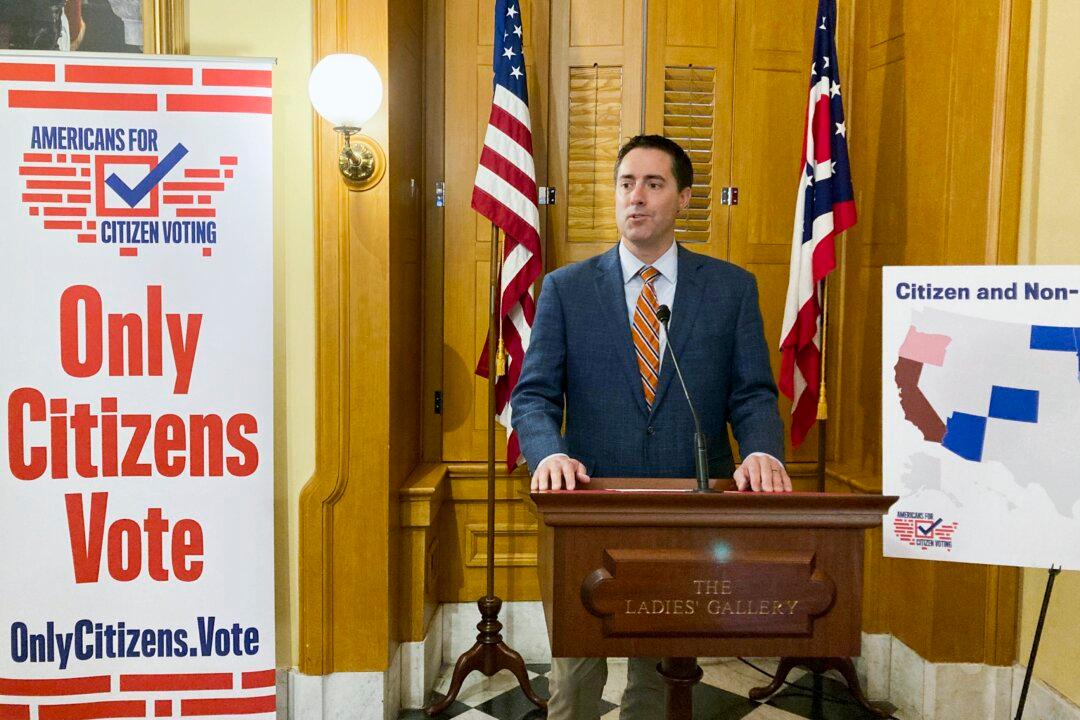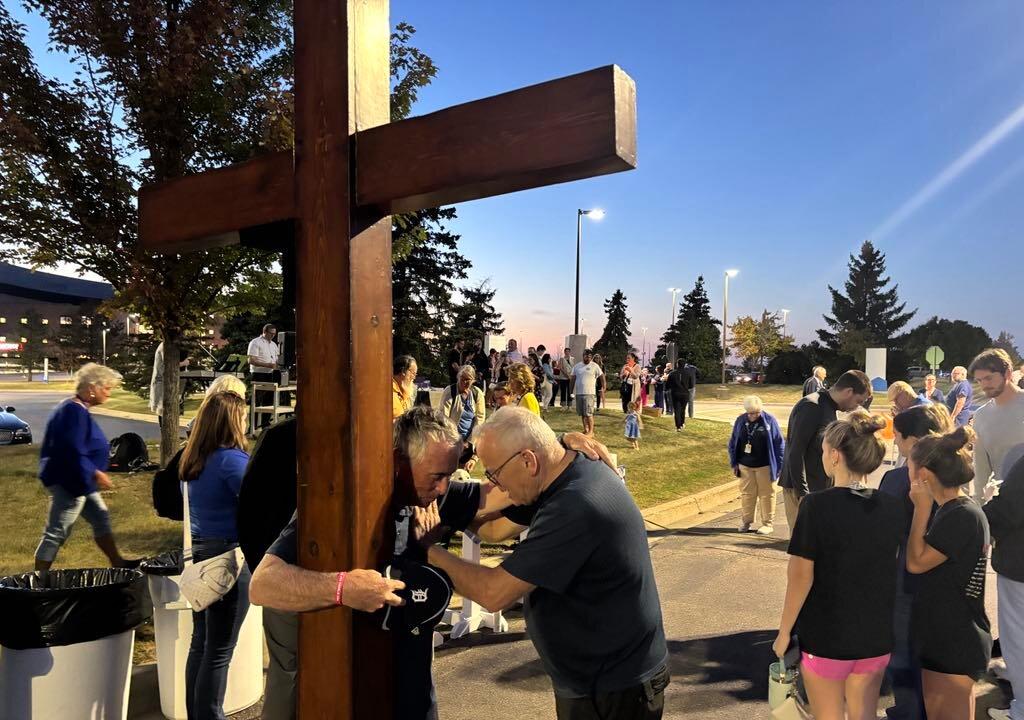August is usually a sleepy time politically in Ohio with families preparing for a new school year and county fairs dotting the calendar. This particular month is different. Ohio voters are casting their ballots on Issue 1, and on Aug. 8 it will be known if the state constitution will be amended.
Issue 1 has generated nationwide interest and ad spending because it could impact a November vote that will determine if an abortion amendment is added to the state constitution.





